Treatment Options for Paralysis: Restoring Mobility and Functionality
Brief overview of Paralysis and its impact on individuals’ lives
Paralysis is a medical condition that strips individuals of their ability to move and control specific parts of their bodies. It occurs when the connection between the brain and muscles is disrupted due to various factors, such as spinal cord injuries, strokes, nerve damage, or neurological disorders.
Paralysis can range from partial loss of movement to complete immobility, profoundly impacting an individual’s physical abilities, emotional well-being, and daily life.
The impact of paralysis on individuals’ lives is multifaceted and extends beyond the physical limitations it imposes. Basic tasks that were once taken for granted, like walking, grasping objects, or even speaking, become monumental challenges. The loss of independence and autonomy can lead to feelings of frustration, helplessness, and diminished self-esteem. Simple joys like going for a stroll, playing sports, or participating in hobbies may suddenly seem out of reach.
Emotionally, paralysis often takes a toll. Individuals may experience grief for the life they had before the onset of paralysis, as well as anxiety about the uncertainties of the future. The sudden shift in roles and the need for assistance in daily activities can lead to a sense of dependency that some find difficult to accept. Relationships with loved ones can be strained as family members and friends adjust to the new dynamic, and individuals may also struggle to find their place in social settings.
Understanding Paralysis and its Causes
When the muscles and brain cannot communicate properly, paralysis results. This disruption can stem from various causes, including traumatic spinal cord injuries resulting from accidents, medical conditions such as stroke or multiple sclerosis, and nerve damage caused by infections or autoimmune diseases. Choosing the right treatment strategy requires understanding the underlying problem.
Medical Evaluation and Diagnosis
Accurate diagnosis is the cornerstone of effective treatment. Medical professionals use a combination of physical examinations, imaging techniques like MRI and CT scans, and neurological assessments to identify the extent and location of nerve damage or injury. This diagnostic process guides medical teams in crafting tailored treatment plans that address the specific needs of each individual.
Multidisciplinary Approach to Treatment
Paralysis treatment often involves a multidisciplinary approach, with various medical specialists collaborating to provide comprehensive care.
Neurologists play a key role in diagnosing and managing neurological conditions, while physical therapists focus on designing rehabilitation programs to restore muscle strength and joint flexibility.
Occupational therapists aid in regaining daily living skills, speech therapists address communication challenges, and psychologists provide crucial emotional support.
Non-Surgical Treatment Options for Paralysis
Non-surgical approaches to paralysis treatment aim to optimize existing function, prevent complications, and enhance quality of life. Physical therapy and rehabilitation programs are central to this effort, employing exercises, stretches, and mobility training to stimulate muscle activity and retrain the nervous system. Medications can be prescribed to manage symptoms, reduce inflammation, and alleviate pain.
Electrical stimulation, including Functional Electrical Stimulation (FES), can activate paralyzed muscles, helping to prevent atrophy and improve circulation. Assistive devices such as wheelchairs, orthotics, braces, and walking aids enable individuals to regain mobility and independence.
Physiotherapy Treatment in Paralysis
In the context of paralysis, physiotherapy is designed to address the unique challenges individuals face due to impaired movement and muscle control. The primary goal is to facilitate the retraining of muscles, improve joint flexibility, and promote functional independence.
Tailoring Treatment to Individual Needs
Every individual’s paralysis journey is unique, necessitating a personalized approach to physiotherapy. A qualified physiotherapist assesses the individual’s condition, medical history, and goals to create a customized treatment plan. The plan takes into account the type and severity of paralysis, the affected muscles, and any potential complications.
Early Intervention and Rehabilitation
Early initiation of physiotherapy is crucial for preventing muscle atrophy, joint contractures, and other secondary complications that can arise from immobility. Rehabilitation typically starts in the acute phase of paralysis treatment, often while the individual is still in the hospital. Gentle range-of-motion exercises are introduced to maintain joint mobility and prevent stiffness.
Progressive Exercises and Techniques
As the individual’s condition stabilizes, physiotherapy progresses to include a range of exercises and techniques aimed at reactivating muscles and retraining the nervous system. Passive exercises involve the therapist gently moving the individual’s limbs to improve circulation and maintain joint mobility. Active exercises, where the individual engages their muscles, gradually increase in intensity and complexity.
Strength and Endurance Training
Rebuilding muscle strength is a cornerstone of paralysis physiotherapy. Therapists guide individuals through exercises that target specific muscle groups, using resistance bands, weights, and functional movements. These exercises help prevent muscle deterioration, promote muscle growth, and improve overall body strength.
Balance and Coordination Exercises
Maintaining balance and coordination is vital for preventing falls and enhancing mobility. Physiotherapists incorporate exercises that challenge an individual’s stability, gradually progressing from seated exercises to standing and walking exercises. These exercises promote better posture and safer movement.
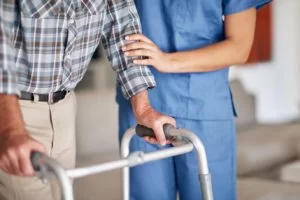
Assistive Devices and Mobility Aids
Physiotherapists also educate individuals on the proper use of assistive devices and mobility aids, such as walkers, canes, and wheelchairs. They provide guidance on techniques for transferring between different positions and using these devices effectively to promote independence in daily activities.
Pain Management and Comfort
Individuals with paralysis may experience pain, discomfort, and muscle spasms. Physiotherapists employ techniques such as manual therapy, massage, and stretching to alleviate pain and enhance comfort. They also teach individuals techniques for managing pain independently.
Motivation and Emotional Support
The journey of paralysis recovery can be physically and emotionally demanding. Physiotherapists serve as motivators and sources of encouragement, helping individuals set achievable goals and celebrate even small victories. This psychological support is integral to maintaining a positive attitude and commitment to the rehabilitation process.
Lifelong Learning and Adaptation
Physiotherapy is not confined to a specific phase of paralysis treatment. It’s a lifelong process that involves adapting to changes, preventing complications, and continuously improving function. Regular physiotherapy sessions help individuals sustain their progress and address any new challenges that arise over time.
Surgical Interventions
In cases where non-surgical methods are insufficient, surgical intervention may be necessary. Surgery aims to address structural issues, repair damaged nerves, remove obstructions, or stabilize fractures. Techniques such as nerve grafts and nerve transfers involve transplanting healthy nerves to restore function. Spinal cord stimulators deliver electrical impulses to the spinal cord, potentially enabling movement and sensation below the injury site.
Rehabilitation and Recovery
Rehabilitation is a continuous and dynamic process in paralysis treatment. Commitment to regular therapy sessions and exercises is crucial for maximizing functional recovery. Setting realistic goals, along with consistent monitoring and adjustment of treatment plans, helps individuals regain strength, coordination, and independence. The power of neuroplasticity, the brain’s ability to reorganize itself, plays a significant role in relearning motor skills and adapting to changes caused by paralysis.
Emerging and Experimental Treatments
Research and technological advancements continue to expand the horizons of paralysis treatment. Experimental therapies, such as stem cell treatments and neuroprosthetics, show promise in restoring function to damaged nerves and tissues. Brain-computer interfaces offer the potential for direct communication between the brain and external devices, enabling individuals to control prosthetics and computers through thought.
Personalized Treatment Plans
Each case of paralysis is unique, demanding personalized treatment plans that consider factors like the type and severity of paralysis, overall health, and individual goals. Collaborative decision-making involving medical professionals, patients, and their families ensures that treatment strategies align with the individual’s aspirations and abilities. Adapting treatment plans as progress is made is key to achieving the best possible outcomes.
Lifestyle Adaptations and Long-Term Management
Life with paralysis often requires adaptations to the living environment, transportation, and daily routines. Home modifications, accessible transportation, and assistive technologies contribute to improved quality of life. Long-term management strategies focus on maintaining muscle strength, preventing secondary complications such as pressure sores, and optimizing overall health.
Success Stories and Inspirational Journeys
Throughout history, countless individuals have defied the limitations of paralysis and achieved remarkable feats. These success stories underscore the potential for recovery and adaptation.
They highlight the importance of determination, perseverance, and a strong support network in overcoming challenges associated with paralysis.
Physiotherapy Treatment at Home: Bringing Recovery to Your Doorstep
Facing the challenges of physical limitations due to injury, illness, or other medical conditions can be overwhelming. However, the evolution of healthcare practices has introduced a new dimension to treatment – physiotherapy at home. This innovative approach is designed to provide effective rehabilitation and care in the comfort of one’s own living space.
The convenience and personalized attention offered by mobile physiotherapy clinic services are making a significant impact, particularly in places like Ahmedabad, where individuals can now access professional physiotherapy treatment without leaving their homes.
Mobile Physiotherapy Clinic Services at Home in Ahmedabad: A New Horizon of Care
Ahmedabad, a vibrant city known for its cultural heritage and urban lifestyle, is also witnessing advancements in healthcare services. The emergence of mobile physiotherapy clinic services is transforming the way individuals receive care and rehabilitation. This service brings the expertise of skilled physiotherapists directly to the doorsteps of patients, eliminating the need for travel and reducing the physical stress that often accompanies traditional clinic visits.
Conclusion
The landscape of paralysis treatment is evolving rapidly, offering hope to those affected by this life-changing condition. From physical therapy and surgical interventions to emerging technologies, the arsenal of treatment options continues to expand. With the right combination of medical expertise, determination, and emotional support, individuals facing paralysis can embark on a journey of recovery, rediscovering their independence and reclaiming their lives.

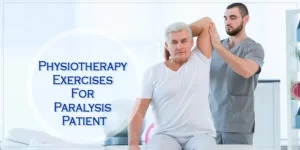

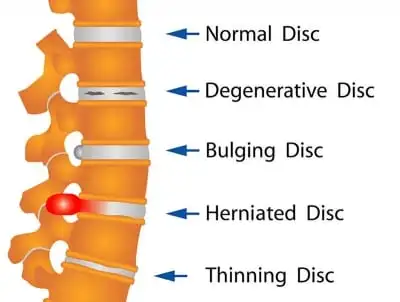

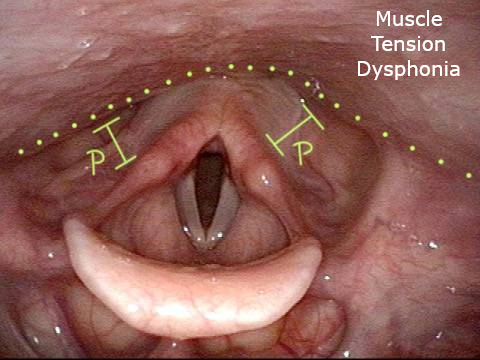
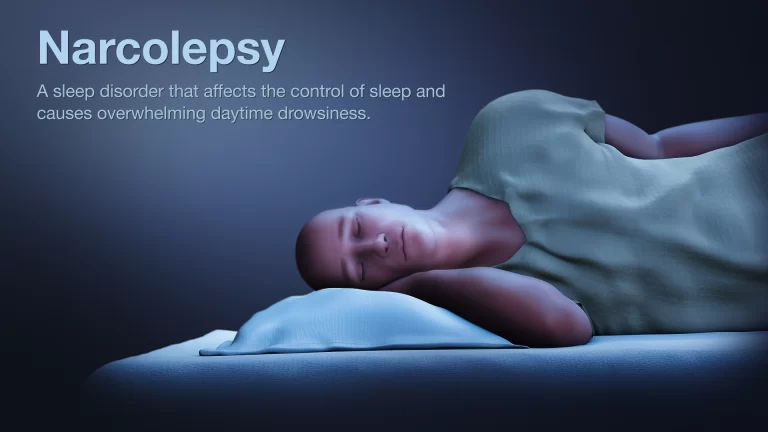
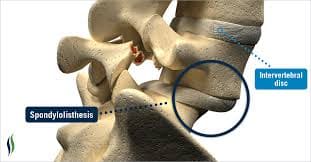
One Comment